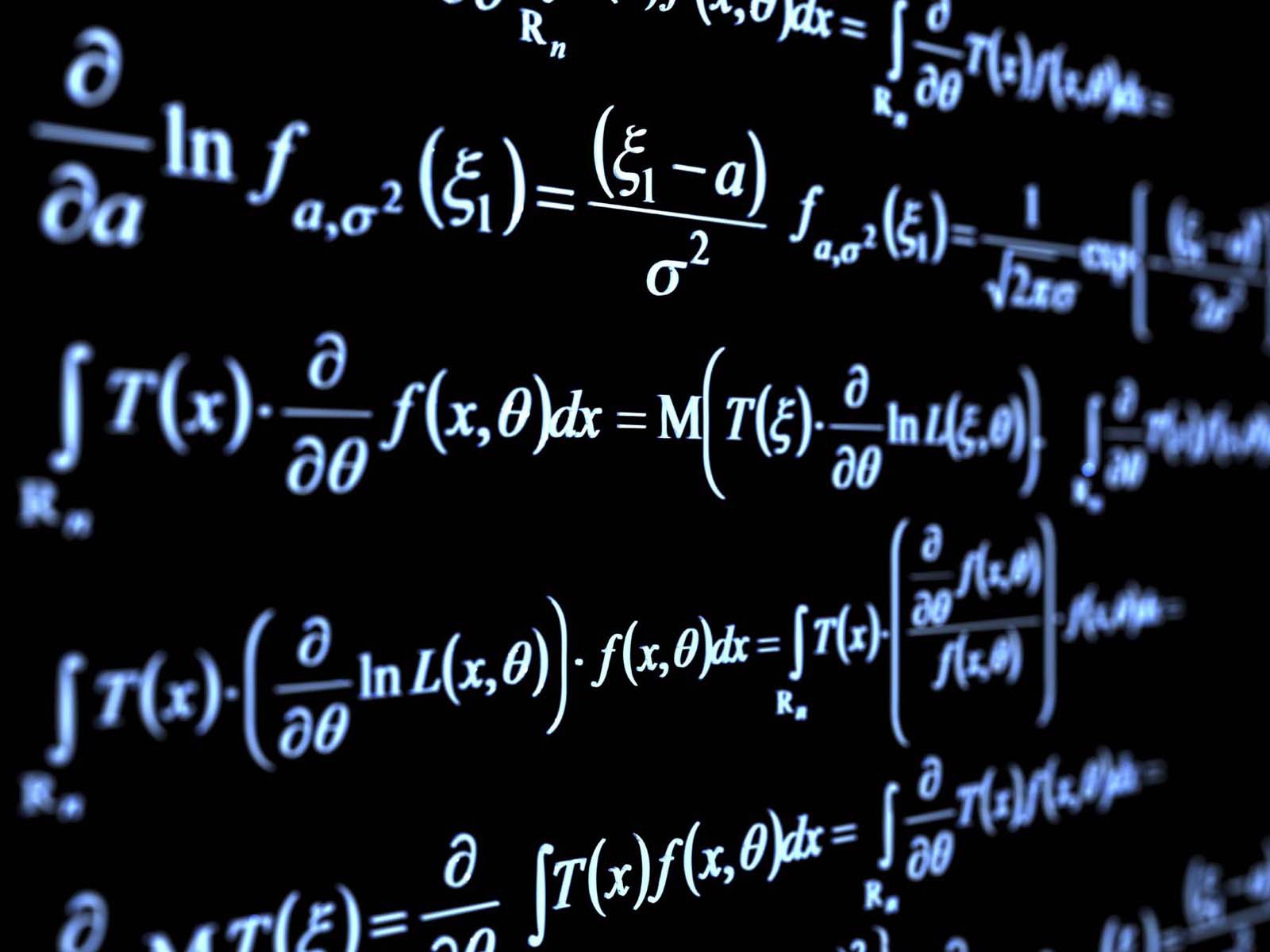In the realm of biological inquiry, the enigmatic dance of cellular systems and their intricate behaviors often evoke the complexity of a symphony. Traditionally, this music of life has been interpreted through the notes of genomics, predominantly centered on the sequencing and analysis of DNA. However, to solely focus on DNA would be akin to marveling at the surface of an ocean while dismissing the torrents that sculpt its depths. The emergent paradigms of systems biology compel us to explore the mathematical frameworks underpinning biological phenomena, particularly through the lens of differential equations. Their potency lies not just in description but in their ability to elucidate dynamic biological processes that transcend mere genetic information.
Mathematics, particularly differential equations, serves as a vital tool in understanding the temporal and spatial dynamics of biological systems. Just as a conductor interprets a composition, providing coherence to a myriad of instruments, differential equations allow us to integrate various biological interactions over time. This mathematical formalism is pivotal in portraying how populations of cells interact, how biochemical reactions unfold, and how developmental processes transpire. Amidst this vibrancy, it becomes essential to delineate the unique mathematical elements that cultivate our understanding of systems biology.
The hallmark of a dynamical system—central to systems biology—is captured by ordinary differential equations (ODEs). These equations represent the rate of change of a variable with respect to time, helping to model phenomena such as population growth, enzyme kinetics, and pathogen spread. For instance, the classical Lotka-Volterra equations, originally formulated to describe predator-prey dynamics, illustrate how one species’ population growth is contingent upon another’s. This interdependence echoes throughout ecological relationships, shedding light on stability and fluctuations within ecosystems.
However, the elegance of differential equations extends far beyond ecological interactions. In the intricate pathways of biochemical reactions, the law of mass action provides a foundation for modeling reaction rates through ODEs. For example, in glycolysis, the metabolic pathway that converts glucose into pyruvate, differential equations can capture the intricate dynamics of substrate depletion and product accumulation over time. This mathematical apparatus not only advances our understanding of enzymatic activity but enhances the predictive power of metabolic engineering endeavors.
Furthermore, partial differential equations (PDEs) introduce an additional layer of complexity by incorporating spatial aspects into biological models. These equations become particularly relevant when examining systems where diffusion processes are crucial, such as the spread of a biochemical signal through tissue or the distribution of cells in a developing organism. By using PDEs, scientists can model the spatial-temporal patterns that arise in morphogenesis, the biological process that causes an organism to develop its shape. Just as the ripples of a stone cast into a pond propagate outward, so too can the influence of a signaling molecule diffuse throughout a cellular landscape, shaping various developmental fates.
Moreover, systems biology thrives on the interaction between deterministic models and stochastic elements. Incorporating stochastic differential equations (SDEs) allows researchers to capture the inherent randomness present within biological systems, particularly at the single-cell level. Cells within a homogeneous population may exhibit diverse behaviors due to random fluctuations in gene expression and environmental conditions. Understanding these stochastic processes is paramount, as they can have profound implications for cellular decision-making, such as differentiation and apoptosis. This complexity often necessitates advanced computational techniques and simulation models that can navigate the tangled web of probability and dynamics.
Mathematics in systems biology is not merely a set of equations; it is an interpretative language that offers profound insights into the mechanisms of life. By employing mathematical frameworks, we can probe deeper into the underlying principles governing biological systems, extracting patterns that may elude traditional experimental approaches. For instance, network theory—rooted in graph theory—facilitates the study of molecular interactions within cellular processes. Each node represents a molecular entity, while edges symbolize interactions, creating a dynamic system that facilitates a comprehensive understanding of cellular signaling pathways and regulatory mechanisms.
This synthesis of different mathematical approaches magnifies the allure of systems biology, revealing how life is intricately connected through a series of feedback loops and regulatory networks. Here, mathematics becomes an instrument of discovery, enabling researchers to visualize and simulate complex interactions that entail feedback mechanisms, robustness, and adaptability—hallmarks of living systems. In fully grasping these mathematical intricacies, scientists can better elucidate perturbations that may arise due to disease or environmental changes, paving the way for innovative therapeutic strategies.
Furthermore, as we venture into the realm of computational biology, the interplay between mathematics and algorithmic design bursts forth, guiding the analysis of vast biological datasets. Techniques such as machine learning harness the power of differential equations to model and predict biological phenomena from large-scale omics datasets. Through a synergy of mathematical rigor and computational prowess, we are witnessing an unprecedented era where biology is driven by quantitative reasoning and predictive analytics.
The narrative woven from mathematical frameworks, particularly differential equations, is foundational to the field of systems biology. A comprehensive understanding of life’s complexities requires more than mere genetic analysis; it demands a rigorous exploration of the dynamic processes that govern biological interactions. As we delve deeper into the fabric of life, the fusion of mathematical insight and biological inquiry reveals a vibrant tapestry that not only celebrates the elegance of mathematics but also its profound implications for understanding the biological narrative. Just as music can evoke emotion and connection, so too can mathematics forge a deeper appreciation for the intricacies of life, urging us to not just see, but to understand and explore the profound symphony of existence.










